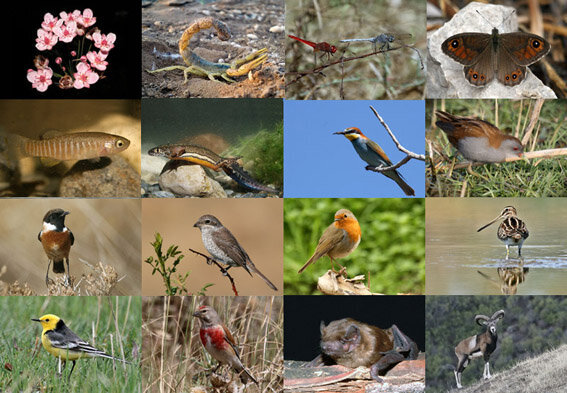Biodiversity protection is a social responsibility

TEHRAN - April 4 has been named the day of preserving genetic and biological resources in Iran. The occasion coincides with the establishment of the National Center for Genetic and Biological Resources in 2015.
Undoubtedly, the outlook and perspective of experts and people towards the issue of genetic and biological reserves have changed over time.
In the meantime, society always faces the challenges of an adequate and sustainable supply of housing, food, and health, and the government must plan for meeting the requirements.
If we want all members of society to have access to these three essential needs, there must be confidence in maintaining the resources.
The current generation should be able to hand these resources to the next generation.
The issue of climate change is known as a super challenge. Climate change can overshadow the life of a plant or animal specimen, and some plants or food sources may not be available in the future due to drought, heat, or any other factor.
The lower the number of genetic reserves, the more difficult it will be for planning management. In such a situation, the role and importance of biobanks and gene banks become apparent.
To preserve the existing biodiversity over the wide geographic expanse of Iran, four types of areas have been designated for preservation and protection, including, national parks, wildlife refuges, protected areas, and natural national monuments. In 1997, the DOE held supervision over 7,563,983 hectares of such areas.
Currently, the supervised areas reached about 18.5 million hectares, including, 30 national parks, 170 protected areas, 45 wildlife refuges, and 37 national natural monuments.
The country has a high diversity of species due to geographical conditions, climatic diversity, huge water resources of the Caspian Sea in the north and the Persian Gulf, and the Sea of Oman in the south.
According to the latest studies, about 1,300 species of vertebrates, including mammals, birds, reptiles, amphibians, and aquatic fish, about 30,000 species of invertebrates, and 8,000 species of plants have been identified in the country.
Out of 1,300 species of animals in the country, 130 of which are endangered and threatened, Hassan Akbari, deputy head of natural environment and biodiversity of the Department of Environment, said in December 2021.
Unfortunately, over the past two decades, human activities have led to the alarming degradation of ecosystems, and the deletion of genes, species, and biological capabilities; Human threats to biodiversity have accelerated the most over the past 50 years over the entire history of human life.
According to the United Nations, three-quarters of the Earth's environment and about 66 percent of the marine environment have been altered by human activities, and the latest report by the Intergovernmental Science-Policy Platform on Biodiversity and Ecosystem Services (IPBES) states that more than one million species of animals and plants are in danger of extinction.
